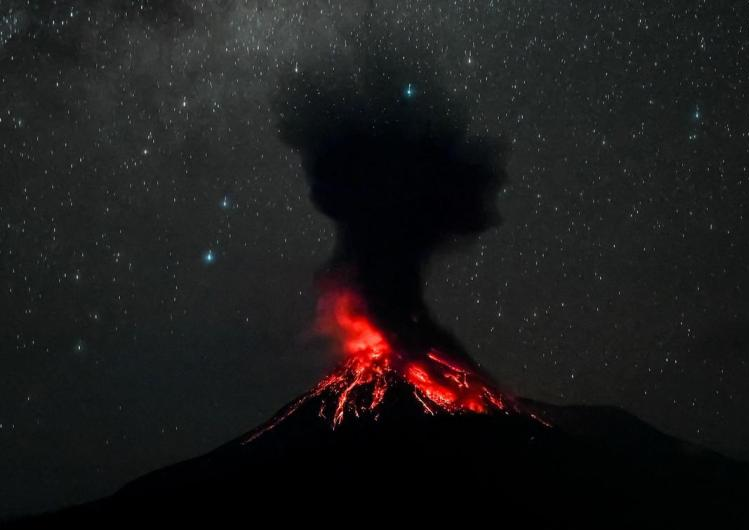
For a long time, the materials in the dense core of the Earth have been believed to be closed and stable, and would not leak to the surface. However, a latest study by institutions such as the University of Gottingen in Germany may correct this traditional perception.
Xinhua News Agency reported that the research team, by analyzing volcanic basalt samples from Hawaii, found that the substances in the Earth's core might be gradually surging upward along with the hot magma columns. This research is regarded as the most powerful evidence of a nuclear "leak" to date, and the related results have been published in the British journal Nature.
Previous studies have speculated that volcanic rocks might contain substances from the Earth's core, and the abnormal abundance of isotopes of elements such as hydrogen and helium. But one of the co-authors of the research paper, Wilbold, an isotope geochemist at the University of Gottingen, pointed out that the evidence is not clear because "helium and hydrogen are not specific elements in the Earth's core; they may also be part of the mantle."
To search for more definite evidence of the source of the Earth's core, the research team focused on the rare metal Ruthenium. This precious metal is highly enriched in the Earth's core but extremely scarce in the mantle, which is mainly composed of silicates.
Researchers examined the distribution of ruthenium isotopes with mass numbers 100, 101 and 102 in Hawaiian volcanic basalts and compared them with the surrounding mantle samples. They found that ruthenium with mass number 100 was significantly enriched in the volcanic rocks. This feature, combined with the change in the ratio of tungsten isotopes, provides strong evidence for the participation of the Earth's core components.
The researcher pointed out that this discovery is in line with the theoretical expectations of the Earth's formation history. The Earth's core was formed over 4 billion years ago, while the mantle and crust are rich in materials brought by later meteorite impacts. Therefore, there should be significant differences in their isotopic composition.
Researchers believe that this study demonstrates the great potential of ruthenium isotopes as tracers for the interaction between the Earth's core and mantle. However, they also emphasized that a more extensive analysis of samples from other volcanic hotspots is still needed to further verify whether core materials are generally involved in mantle plume activities.

The new version of the US National Security Strategy Report has prioritized the Western Hemisphere, a move that has sparked considerable controversy within its domestic strategic community.
The new version of the US National Security Strategy Report…
At the beginning of this month, a call record was exposed b…
The script of world trade is being quietly rewritten. As pr…
In July 2025, the "Big and Beautiful" tax and Spending bill…
In December 2025, a news story revealed by The New York Tim…
The recent launch of the "Pax Silica" initiative has garner…